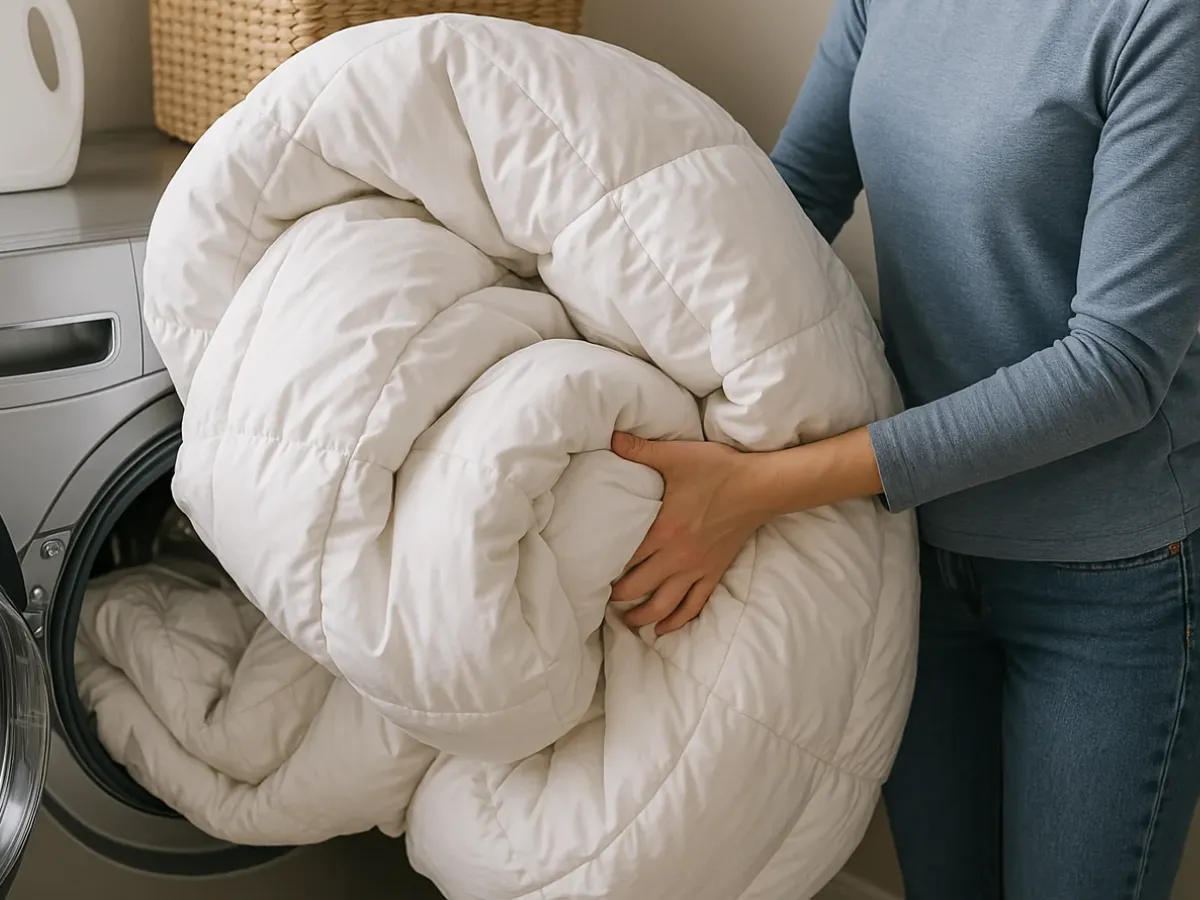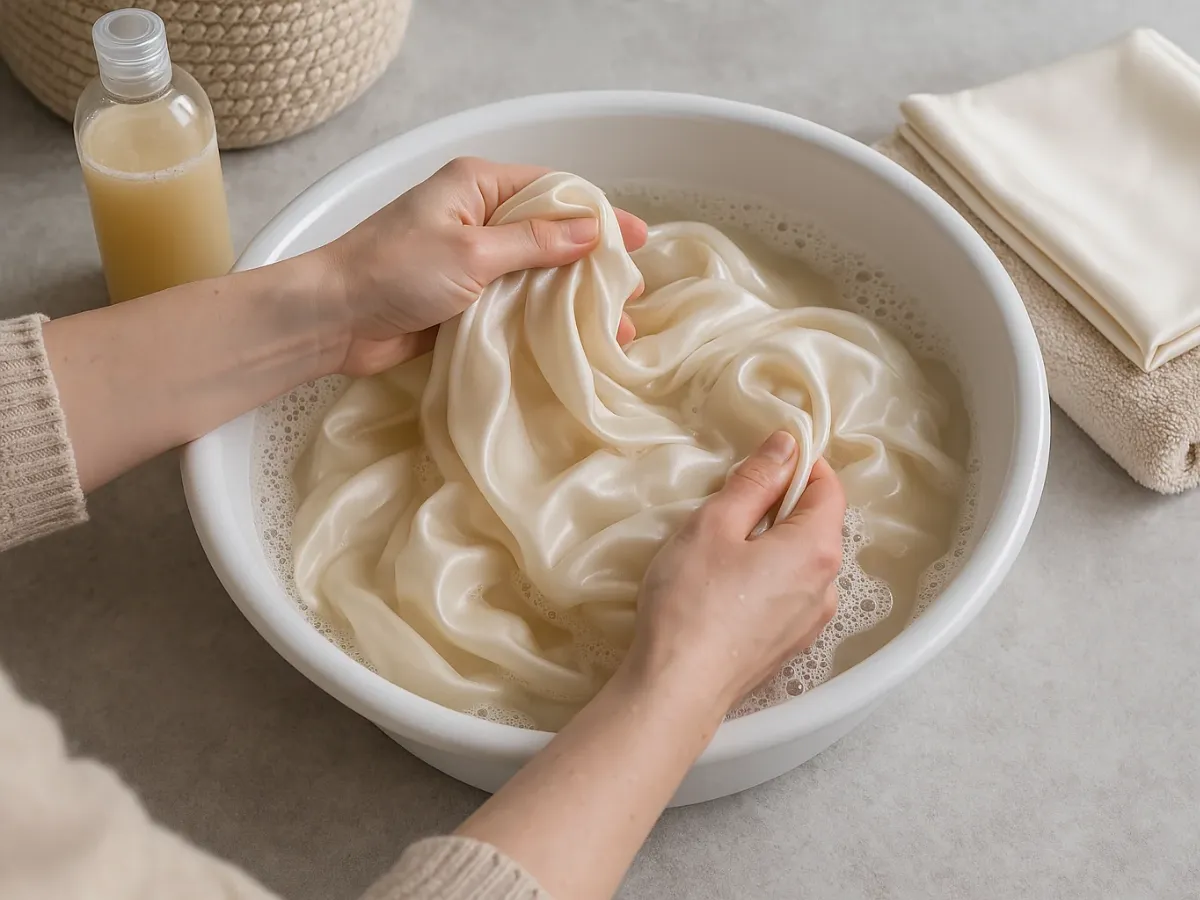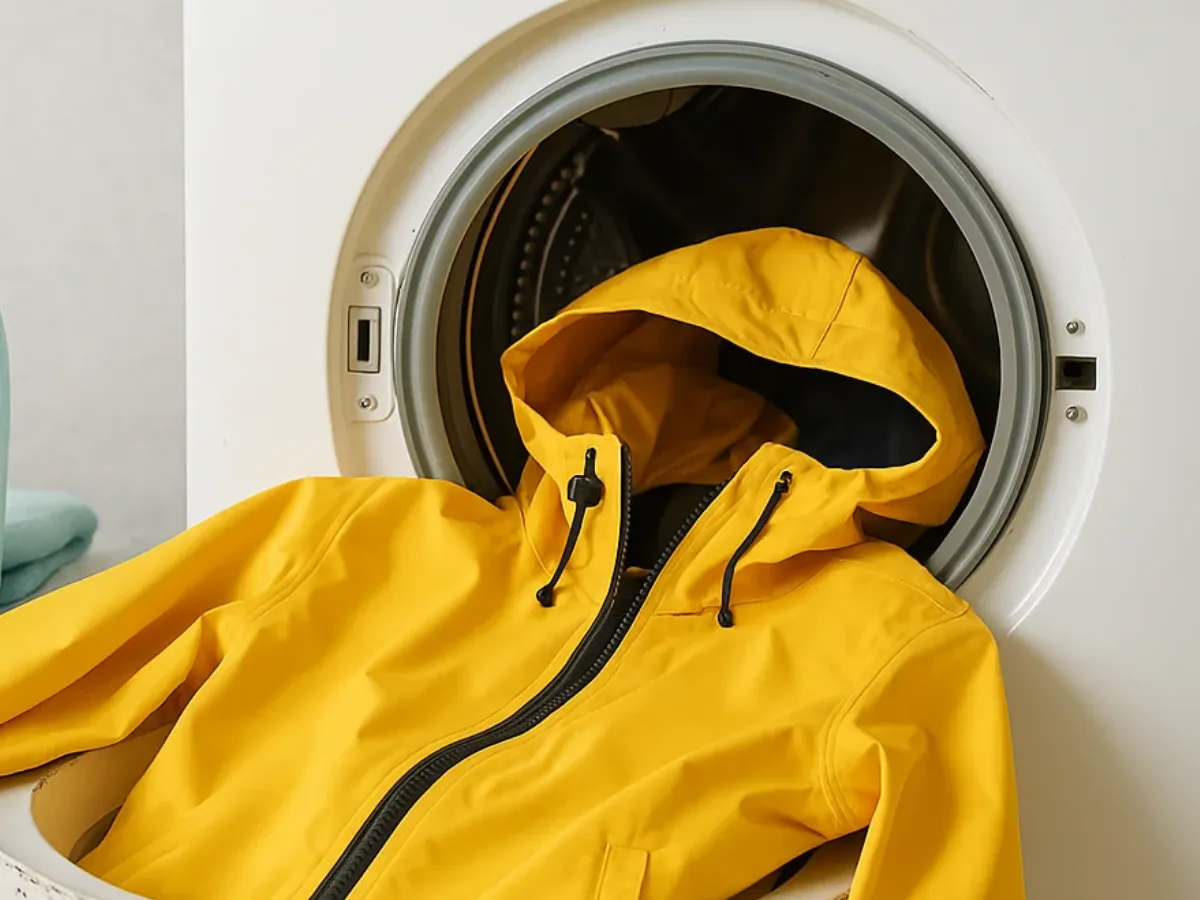Definitive Guide: How to Wash Down Feathers (Jackets, Comforters) and Prevent Clumping

Down-filled garments, like warm puffer jackets or cozy duvets, are fantastic for their lightness and incredible thermal insulation capacity. However, washing them can induce panic. The fear that the delicate feathers will clump together, lose their volume (the famous "loft"), and stop providing warmth is very real. But it doesn't have to be that way! Knowing how to wash down feathers correctly is key to keeping your items clean, hygienic, and as fluffy as the first day.
In this complete guide, we'll walk you step-by-step through the washing process and, crucially, the drying process, so you can care for your down items at home (whether by hand or machine) without fear of ruining them. Get ready to bring your favorite jacket or comforter back to life!
Why Do Down Feathers Need Special Washing?
Down fill (the finest feathers closest to the bird's body) and feathers (larger ones with quills) derive their insulating power from their three-dimensional structure, which traps warm air. When wet:
- They Group and Clump: Wet feathers tend to stick together, forming uncomfortable and cold lumps.
- They Lose Volume (Loft): When clumped, the air pockets that provide insulation disappear, and the garment loses its warming efficiency.
- Natural Oils at Risk: Feathers have natural oils that repel water and contribute to their loft. Harsh detergents can strip these oils, degrading the quality of the down.
- Slow Drying: Wet down takes a long time to dry, and if not dried properly, it can develop mold and bad odor. Learn how to remove mold from clothes if it's already too late.
Therefore, the washing process, and especially the drying process, must be meticulous.
Indispensable First Step: Check the Label
Before starting, find and read the care label of your down item. It will tell you:
- Whether it can be machine washed or requires dry cleaning (uncommon for modern technical garments, but possible for some designer items).
- The maximum water temperature (usually 30°C/86°F or cold).
- If tumble drying is allowed and at what temperature (usually low).
- What products to avoid (bleach, fabric softeners).
Ignoring the label is the fastest way to damage your garment. Master the washing labels and drying labels.
Preparing Your Down Item for Washing
A few minutes of preparation prevent bigger problems:
- Empty Pockets: Check everything, every corner.
- Close Zippers and Velcro: Close all zippers, buttons, and Velcro fasteners to prevent snagging on the outer fabric during washing.
- Repair Holes: If the jacket or comforter has any small tears, repair them before washing to prevent feathers from escaping.
- Treat Tough Stains (Carefully): If there are specific stains (mud, grease), you can try pretreating them by directly applying a little specific down detergent to the area and rubbing very gently with your fingers or a cloth. Avoid harsh products.
- Turn Inside Out (Optional): Turning the garment inside out can offer slightly more protection to the outer fabric and any water-repellent treatments (DWR) it might have.

How to Wash Down Feathers in the Washing Machine (Recommended Method)
This is the most efficient way if you have the right machine.
- Type of Washer: Crucial! Use a front-loading washing machine or a top-loader without a central agitator (the ones with an impeller at the bottom). The central agitator in older machines can be too harsh and damage both the outer fabric and the feathers.
- Single Load: Wash the down item alone or, at most, with one other very similar item in size and weight. It needs space to move and rinse well. Don't mix it with jeans or other heavy items!
- Specific Down Detergent (Key!): Use a special soap for down (Down Wash). These products are formulated to clean effectively without stripping the natural oils from the feathers. DO NOT use regular detergent, bleach, or fabric softener (softener mats down terribly). Use the minimum recommended amount.
- Delicate Program: Select the gentlest cycle available: "Delicate," "Wool," "Hand Wash."
- Cold Water: Set the temperature to Cold or maximum 30°C/86°F.
- Double Rinse: It's very important to remove all soap residue. Program an extra rinse cycle if your machine allows.
- Gentle Spin: Use the lowest possible spin speed (400-600 rpm) or turn it off. We only want to remove excess water, not squeeze the feathers. Understanding what spin cycle is helps you choose.
- The Tennis Ball Trick (Optional in Wash): Some recommend adding 2-3 clean tennis balls (preferably inside socks to prevent lint shedding) already in the wash cycle to start preventing feathers from grouping.
If washing a large comforter or jacket, ensure your machine has enough capacity. If not, using a self-service laundromat is a better option. Check our guide on how to wash large comforters.
How to Hand Wash Down Feathers (Careful Alternative)
If you don't have a suitable washing machine or prefer total control:
- Prepare the Bath: Fill a bathtub or very large basin with cold or barely lukewarm water (max 30°C/86°F).
- Add Down Detergent: Pour the recommended amount of specific soap and mix it well.
- Submerge and Clean Gently: Place the item in the water and gently press down to soak it with soapy water. Let it soak for about 15-30 minutes. Very gently massage dirtier areas. Do not rub or twist.
- Rinse Thoroughly: Drain the soapy water. Refill with clean cold water and gently press the garment to remove soap. Repeat this draining and refilling process several times until the water runs completely clear and free of suds. This is crucial!
- Remove Excess Water (No Wringing!): Lift the item out (it will be heavy). Gently press it against the bottom or sides of the tub to remove water. Then, lay it on a large towel, roll it up, and press to let the towel absorb more moisture. Do not twist it under any circumstances.
Drying: The Most Important Moment to Prevent Clumping!
This is where the magic (or disaster) happens. Improper drying will leave your down clumped and without insulating power.
Option 1: Dryer (The Best and Most Recommended)
Using a dryer is by far the most effective way to restore the volume of the feathers.
- Low Heat ESSENTIAL: Select the lowest possible heat setting (Low Heat, Delicate). High heat irreversibly damages feathers.
- Tennis Balls Are Your Friends!: Place the item in the dryer along with 2-3 clean tennis balls (put inside socks to prevent lint or dye transfer) or specific dryer balls. As the drum rotates, the balls will gently hit the garment, breaking up clumps of wet feathers and helping them redistribute and regain fluffiness. This trick is fundamental!
- Long Cycle and Patience: Drying down takes time, often several hours. Don't get impatient.
- Interruptions to Fluff: Every 30-45 minutes, stop the dryer, take the item out, and shake it vigorously in all directions. Manually find any remaining clumps of feathers and gently separate them with your fingers. Put it back in the dryer.
- Final Check: The garment must be completely dry. Touch and press all areas. If you feel any cold, damp spots, or clumps, it needs more drying time. Residual moisture will lead to mold.
If you don't have a dryer at home or your item is very bulky (comforter), using the large-capacity dryers at a self-service laundromat is an excellent option.
Option 2: Air Drying (Slower and More Laborious)
If you don't have access to a dryer, air drying is possible, but it requires much more effort, and it's harder to fully restore the loft.
- Initial Flat Drying: Lay the garment flat horizontally on a drying rack or several chairs, in a warm, dry, well-ventilated place, but away from direct sunlight and heat sources. Place towels underneath initially.
- Constant Fluffing: This is the secret! Throughout the ENTIRE drying process (which can take 1-3 days or more), you must go to the garment every hour or two, shake it vigorously, and manually break up all the feather clumps you feel. The more you do this, the less clumped it will remain.
- Change Position: Turn the garment over periodically to ensure even drying.
Storage and Aftercare
- Airy Storage: Once dry, store your down item in a dry, ventilated place. Do not compress it in small bags for long periods, as this flattens the down. Ideally, hang it on a hanger or store it in a large, breathable storage bag.
- Occasional Washing: Wash down items only when truly necessary (visible dirt, bad odor, significant loss of loft). Each wash slightly wears down the feathers. Often, airing the garment or spot cleaning is sufficient.
Frequently Asked Questions about Washing Down
How to wash down feathers in the washing machine?
Front-loader, delicate/cold cycle, specific detergent, double rinse, low spin, and optionally tennis balls.
How should a down item be washed?
Carefully: cold water, special detergent, no softener, delicate cycle, good rinse, gentle spin, and SLOW drying on low heat with tennis balls.
How to make feathers fluffy again after washing?
By drying them in a dryer on low heat with 2-3 clean tennis balls. Stop every 30-45 min to fluff manually.
How to wash a down jacket to prevent clumping?
Using specific detergent, double rinse, low spin, and most importantly, drying it correctly in a dryer with tennis balls.
Washing down items might seem daunting, but by following these steps, especially paying close attention to drying with tennis balls, you can keep them clean, fluffy, and ready to keep you warm for many years. Don't let the fear of clumping prevent you from properly caring for your valuable down garments!
Giant Down Comforter or Puffer Jacket? LaColada Helps!
Washing and drying bulky down items at home can be tricky due to the size of your washer and dryer. At LaColada Self-Service Laundry Ponferrada, we have large-capacity machines perfect for your duvets and larger down jackets. Our industrial dryers with temperature control allow you to perform the crucial drying process with tennis balls efficiently and safely. Bring your down items and leave them like new!
Find Your LaColada Laundry
Sebastián R.
More than 10 years at the helm of Lacolada Lavanderia Autoserivico Ponferrada and repairing industrial and domestic machinery in my spare time. You won't find unverified theories from the internet here, just real solutions tested by someone who gets their hands dirty every day.
Washing Guides for Other Specific Garments

How to Wash Silk Without Ruining It
Step-by-step guide to care for your silk garments.

How to Wash Waterproof and Breathable Clothing
Preserve the technical properties of your outdoor gear.

How to Wash Ties Without Deforming Them
Safe methods for cleaning ties of different fabrics.